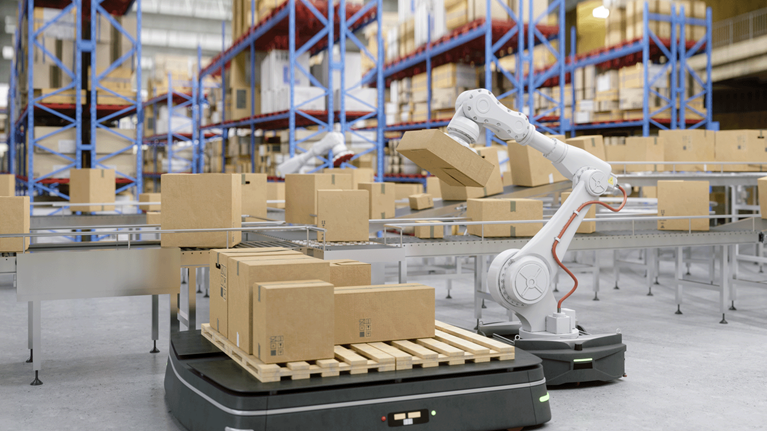After surging in 2021, funding for logistics start-ups slowed substantially in 2022. Among the causes of the slowdown: a more challenging macroeconomic environment coupled with a decline in the growth of e-commerce. Investment in logistics start-ups fell by nearly 50 percent year on year, with the steepest drop occurring in the year’s second half as higher interest rates took a severe toll on venture capital activity.
Our June 2022 article “Start-up funding in logistics: Focused investment in a growing industry” examined the 2021 boom, when funding reached an all-time peak for the sector. This article explores the more recent deceleration, while offering a granular view of funding shifts within industry subsectors.
Our analysis is based on a sample of roughly 600 logistics start-ups accounting for more than $90 billion in funding. We analyzed funding by industry and region, with an eye toward changing marketplace dynamics.
We believe that the long-term, upward trend in logistics start-up funding—fueled by innovation in the sector—won’t be reversed by the recent short-term decline. Logistics has come a long way as an industry, but there is still much value to be claimed as it remains more fragmented, less digitized, and less attuned to ESG concerns compared with other industries.
Here are some takeaways for stakeholders:
- In our first report in 2020, we projected that advantages would accrue to start-ups that could demonstrate a clear route to profitability.1 Because interest rates have risen—and will likely remain comparatively elevated for some time—pathways to positive cash flows have become even more important.
- Weighing the potential to hyperscale a business model against the feasibility and costs of doing so will be key. The time and effort required to scale—particularly in traditional logistics segments—must be assessed with clear eyes. Calculations should consider not just total addressable markets (which might seem huge at first glance) but also more practical scenarios, accounting for the size of markets that could realistically be reached and serviced. Not all start-ups are competing in winner-take-all environments, which means incremental growth can still be valuable.
- Consolidation is likely to be an important theme in the coming months and years—both in terms of funding and M&A. Investments are already beginning to concentrate, with large start-ups now accounting for more than 90 percent of the total funding in certain subsegments (such as digital forwarding). Opportunities for M&A could be heightened if some start-ups become distressed by the macroeconomic environment.

